6. The Blair Witch Project (1999)
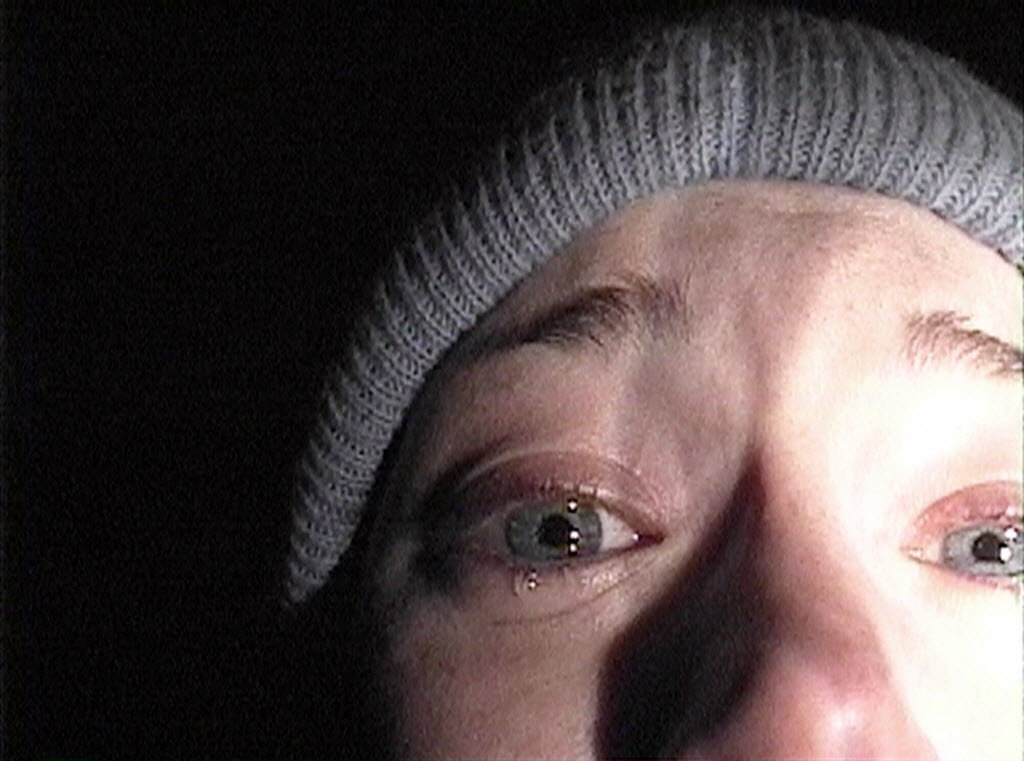
Found-footage horror may have started with Cannibal Holocaust, but The Blair Witch Project perfected it. When the Blair Witch Project swooped into theaters near the end of the ‘90s, it was a revelation. Film was reaching an era where anything seemed possible. Pixar had released a movie entirely in CGI, Speilberg successfully rendered dinosaurs on screen like never before, and the cap to what could visually be portrayed seemed endless. Yet, through sheer force of marketing, The Blair Witch Project managed to terrify audiences worldwide with low-grade Hi8 cameras and the power of suggestion.
The influence that The Blair Witch Project had on the found-footage documentary is well documented, with everything from Paranormal Activity and Cloverfield to Chronicle and Trollhunter citing it as an influence. However, the larger impact that Blair Witch made on the horror genre and film itself is with how it invented modern internet marketing.
The Blair Witch Project is believed to be the first movie that uses the internet to market a movie. They started by laying trying to lay the groundwork that the events of the film really took place, with planted news stories and fake flyers about missing student filmmakers. In June of 1998, a fake website was launched that chronicled the plausible timeline of the missing kids. The site included interviews with fake experts, police photos of the missing kids, and a message board where people could come up with theories and connect clues.
This all worked in service to make people question whether the movie was real or not, and the results couldn’t have been more effective. The website went viral, creating an unprecedented amount of buzz. Part of the campaign’s effectiveness is because the internet was relatively new at the time. People weren’t savvy to internet hoxes, making the success a product of its time. Nowadays, nearly every film tries to use viral marketing, but the effectiveness of Blair Witch’s marketing is unreplicable.
Blair Witch Project was a smash hit, codefying the found footage genre, spawning a sequel, a remake, and setting a new standard for how films could be marketed.
7. Audition (1999)
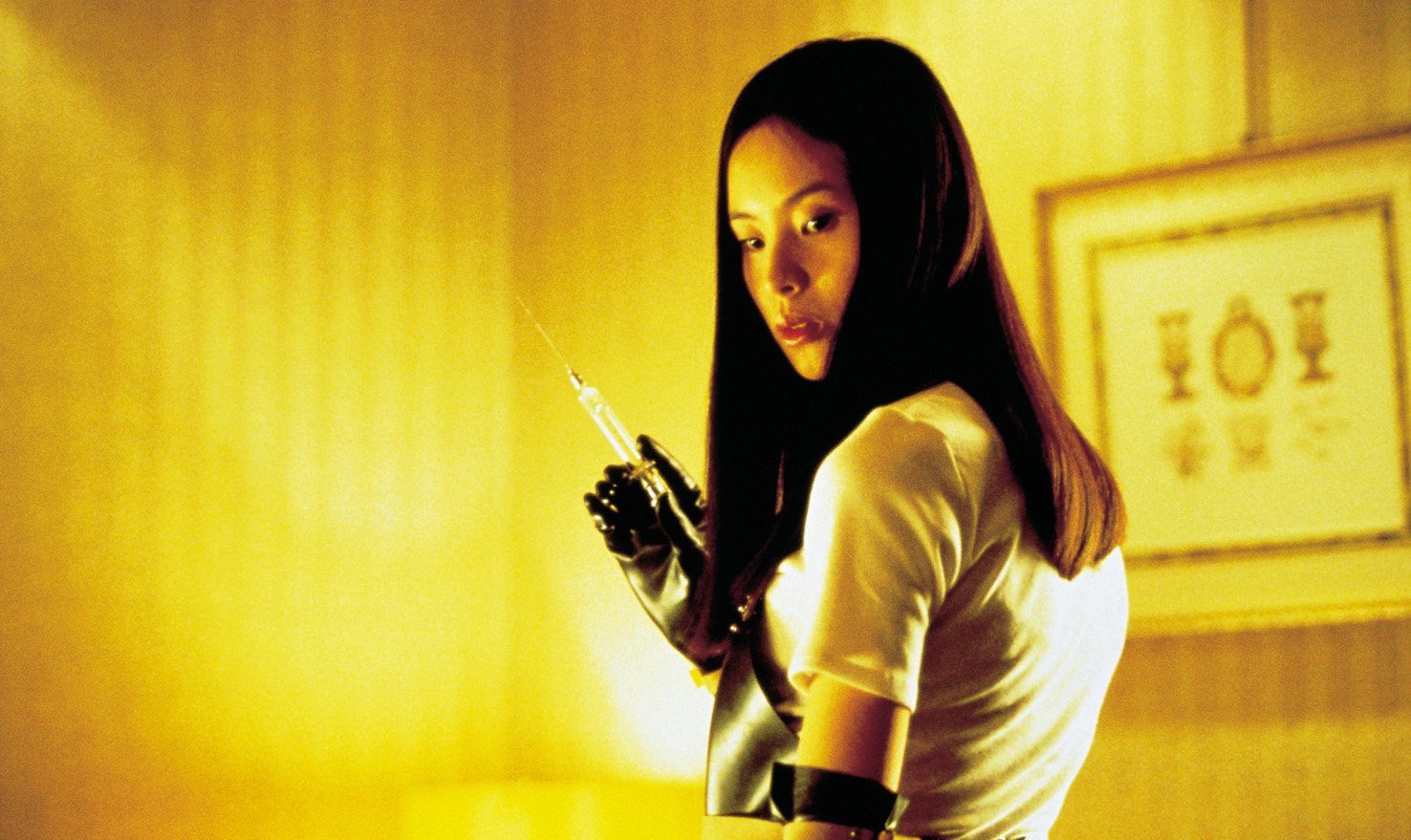
Long before films like Saw and Hostel defined the torture genre, Takashi Miike madae Audition, a stomach-churning film that tested the limits on how far you could go with gore. With filmmakers like Eli Roth and the Soska Sisters citing it as an influence, Audition shocked audiences with a level of brutality that was virtually unseen in mainstream horror.
Pulling on the casting couch dynamic present in the film world, Audition disarms audiences with a slow-burn thriller that initially presents itself as a lighthearted comedy. The movie follows a widower who stages fake acting auditions with the intention of finding a wife. After meeting a woman who seems to check off every box, he pursues a relationship with her that takes a dark turn.
Though the reputation of the movie precedes itself, Audition is adept at lulling the audience into a false sense of security. The characters aren’t the usual cardboard cutouts present in traditional revenge horror films. The complex emotions on display are engrossing, as they culminate with a shocking finale that feels like a horrific inevitability rather than a cheap tacked-on ending.
The films that would follow Audition, including American Mary and Hostel, took notice of the subversive gender dynamic present in the film. The ‘80s and ‘90s were rife with female characters getting slaughtered by men. To flip the genders and have a woman torturing a male protagonist elicited a strong emotional response from viewers. With extreme gore (including a scene with needles and eyes that will test your limits) and a haunting, meticulous build-up, Audition stands as one of the most authentically disturbing films of all time.
8. The Sixth Sense (1999)
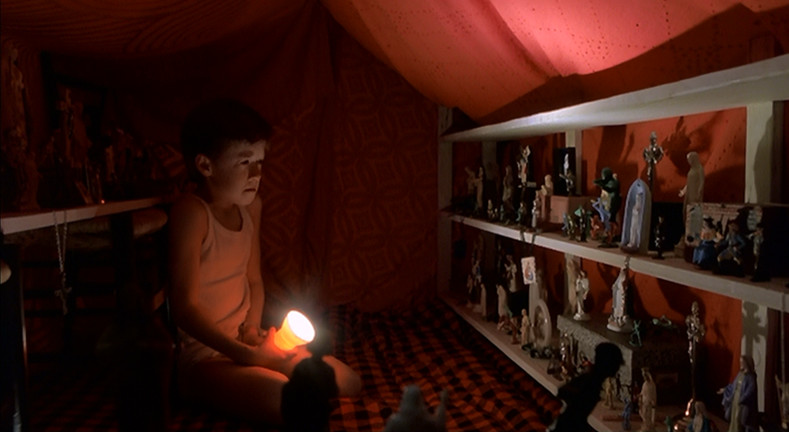
Though M. Knight Shyamalan is considered now to be a controversial director, there is no denying that The Sixth Sense was a smashing success. Cornering the horror market in 1999, the film made $672.8 million, only being beaten out by Star Wars: Episode 1 – The Phantom Menace. The film is remembered primarily for its twist, a recontextualization of the film that was so dramatic that viewers often saw it twice to absorb how radically the ending changes each scene.
It’s hard to believe how enthusiastic everyone was given that twists endings are generally regarded as gimmicky. They are a dime a dozen these days and Shyamalan is now mocked for leaning on the twist endings heavily in the majority of his films. But, at the time, the film’s twist proved so powerful that Shyamalan became one of those rare directors that could sell a movie on his name alone. People were quick to dub him as the “next Spielberg”. In an era of trashy Scream knock-offs and mediocre sequels, the Sixth Sense offered a slow-burn ghost story that didn’t rely on gore or jump scare.
This ushered in an era of PG-13 horror movies. The 2000s were rife with films marketed to younger audiences, as public consensus admired the ability to scare without subjecting viewers to gratuitous sex and violence. Films like The Ring, The Others, The Skeleton Key, I Am Legend, The Grudge, and many Blumhouse films realized they could make more money with films that used atmosphere and suggestion to mine scares.
After The Sixth Sense proved to be a sleeper hit, twist endings were injected into nearly every 2000s horror film. Everything from Saw to The Orphan employed twist ending in hopes that audiences would appreciate, and pay to see, the film a second time. While Shyamalan didn’t invent the twist by a long shot, he quickly became the poster child of it, for better or worse.
9. Stephen King’s IT (1990)
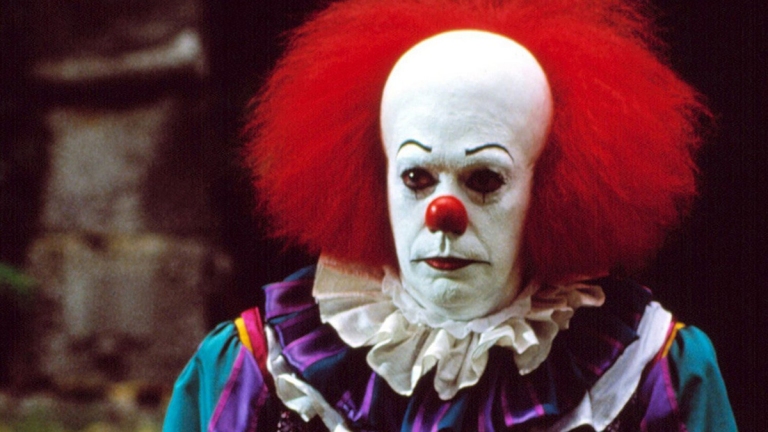
Horror films suffered on television during the ‘90s. During this time, soap operas, sitcoms, and sensationalized true crime stories dominated the television market. Audiences largely enjoyed safe and saccharine content that was family-friendly. The horror movies that were shown on cable were censored heavily. Horror fans, of course, were unnterested in neutered versions of their favorite films. Then Stephen King’s IT aired on ABC.
The television mini-series IT was only the second television adaptation of a Stephen King work. The first, Salem’s Lot, received three Emmy nominations and was well-received by critics. But Stephen King was still apprehensive about the viability of a horror film airing on television in the ‘90s. When Stephen King’s IT premiered, the mini-series had a few hurdles to jump over. It was met with mixed critical reception and was even interrupted on its first broadcast to make room for news coverage.
Despite this, IT became a cultural phenomenon, solidifying itself as the poster child for scary clowns. No matter what you think of the film, Tim Curry’s portrayal of Pennywise the Dancing Clown became a fixture in the horror genre. From the 2016 Clown Sightings to the feeling of unease whenever you’re at a circus, Pennywise imprinted a fear of clowns onto the cultural psyche like never before.
IT turned out to be one of ABC’s biggest successes of the ’90s. The mini-series opened a floodgate of television horror projects that thrived. Twin Peaks, Are You Afraid of the Dark, and Dark Shadows were big hits in this new era where viewers were ready to be shocked. IT series was eventually remade in 2017, reigniting the discourse around clowns and the legacy of the original mini-series. To this day, the series remains the gold standard for scary clown films with Pennywise perfectly embodying the playful terror we associate with the evil clown trope.
10. Tremors (1990)
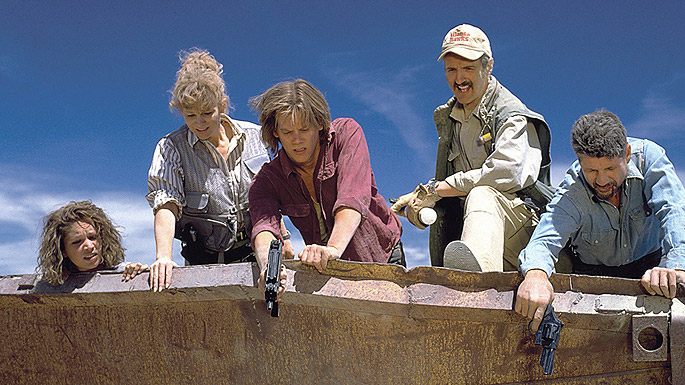
At a time when horror movies were forging new ground with deconstructionist trends, new gimmicks, and gritty atmospheres, Tremors broke ground by reigniting the monster movie genre. Presenting itself as an affectionate throwback film, the movie combined old-school thrills with a refreshing dose of self-awareness to great success. Coming in at the beginning of the ‘90s, Tremors played a large part in a resurgence of new monster films, with movies like Lake Placid, a Godzilla remake, and Jurassic Park using new CGI technology to bring these creatures to life like never before.
The film was a hit with critics and audiences alike, spawning a franchise consisting of six sequels and a television series. Despite being a B-Movie, Tremors helped set itself apart with characters that are smarter than the average protagonists. They weren’t dumb archetypes fallling for old tricks. There was a sense of real tension elevated by the investment audience members had watching the characters problem solve. The decisions that each character made were engaging because they felt earned. This coupled with wonderful creature designs and great pacing set the stage for a renaissance of monster movies.
The humor in Tremors also felt like a breath of fresh air at the time to audiences. The majority of horror films were a reflection of spiritual anxiety brought on by traumatic real-world events. In an era of mindful killers, brooding meditations on death and the afterlife, and post-modern takes on the genre, there was something very powerful in the simplicity of Tremors. The humor wasn’t trying to criticize the horror genre or challenge the audience’s notions about horror itself. While the film’s story didn’t take itself too seriously, the execution showed a respect for the genre that was infectious.